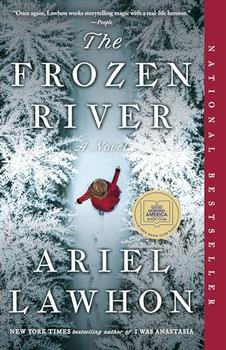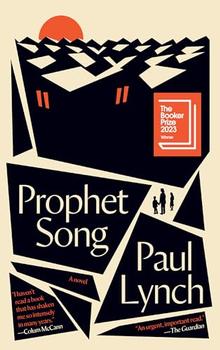Summary | Excerpt | Reviews | Beyond the Book | Readalikes | Genres & Themes | Author Bio

Science, Politics, and the Human Costs of Defeating Disease
by Meredith Wadman
Hayflick took the bottle with the little lungs floating in it into a tiny room off his lab—what passed for a "sterile" room in 1962. He picked up a pair of tweezers, dipped them in alcohol, and passed them through the flame of a Bunsen burner. He waited for them to cool and then, gently, one at a time, lifted the lungs out of the bottle and laid them on a petri dish. The underdeveloped organs were each no larger than his thumb above the knuckle. He assembled two scalpels, held the blades at right angles to each other, and began carefully slicing the lungs. He didn't stop until he had cut them into innumerable pieces, each smaller than a pinhead.
Hayflick nudged the minute pieces of lung into a wide mouthed glass flask. The translucent pink fluid inside the flask looked innocent enough, but it was full of digestive enzymes from slaughtered pigs. These biological jackhammers broke up the "mortar" between the lung cells, freeing millions upon millions of them.
Later, he transferred the resulting cells into several flat sided glass bottles and poured nutritious solution over them. He loaded the bottles onto a tray, and walked them into an incubation room beside his lab. Here the temperature was a cozy 96.8 degrees Fahrenheit. He laid the bottles on their sides on a wooden shelf and closed the door carefully behind him.
The cells began to divide.
Hayflick already had a name for them: WI 38.
The WI 38 cells that Hayflick launched on that long ago summer day were used to make vaccines that have been given to more than 300 million people—half of them U.S. preschoolers. A copycat group of cells, developed using the method that Hayflick pioneered, has been used to make an additional 6 billion vaccines. Together these vaccines have protected people the world over from the gamut of viral illnesses: rubella, rabies, chicken pox, measles, polio, hepatitis A, shingles, and adenovirus—a respiratory infection that flourishes where people live in close quarters. (Every U.S. military recruit—more than 9 million of them since 1971—is vaccinated with an adenovirus vaccine made using WI 38 cells.)
In the United States the rubella vaccine made in WI 38 cells and still given to young children has wiped out homegrown rubella. That vaccine itself was developed at the Wistar, by Hayflick's colleague Stanley Plotkin, in the midst of a devastating rubella epidemic that swept the country in 1964 and 1965. That rubella outbreak damaged tens of thousands of American babies—including the baby described above who lived most of her short life at Philadelphia General Hospital. This book will tell the story of that epidemic and of the race to develop a rubella vaccine that followed.
How can it be that these WI 38 cells launched so long ago are still in use today? Partly because Hayflick made such a large initial stock of them: some eight hundred tiny, wine bottle–shaped ampules that he froze in the summer of 1962. Partly because the cells, when frozen, stop dividing, but then gamely begin replicating again when they are thawed—even after decades. And partly because of the power of exponential growth. Each petite glass vial that Hayflick froze contained between 1.5 million and 2 million cells. And the cells in those vials had, on average, the capacity to divide about forty more times. Early on, Hayflick did the math and determined that the newly derived cells covering the floor of just one of his small glass lab bottles, if allowed to replicate until they died, would produce 22 million tons of cells. He had created in those eight hundred vials a supply of cells that for practical purposes was almost infinite.
And so, in addition to their use in vaccine making, the WI 38 cells became the first normal, noncancerous cells available in virtually unlimited quantities to scientists probing the mysteries of cell biology. Because they were easily infected with so many viruses, they became important to disease detectives tracking viruses in the 1960s, before more sophisticated technology came along. Biologists still reach for WI 38 cells when they need a normal cell to compare against a cancerous one or to bombard with a potential new drug to see if it's toxic. The cells are also a workhorse of aging research, because they so reliably age and then die in lab dishes. They are held in such high regard by scientific historians that original ampules of WI 38, and of polio vaccine made using it, are part of the collection of the National Museum of American History.
Excerpted from The Vaccine Race by Meredith Wadman. Copyright © 2017 by Meredith Wadman. Excerpted by permission of Viking. All rights reserved. No part of this excerpt may be reproduced or reprinted without permission in writing from the publisher.




Too often we enjoy the comfort of opinion without the discomfort of thought.
Click Here to find out who said this, as well as discovering other famous literary quotes!
Your guide toexceptional books
BookBrowse seeks out and recommends the best in contemporary fiction and nonfiction—books that not only engage and entertain but also deepen our understanding of ourselves and the world around us.